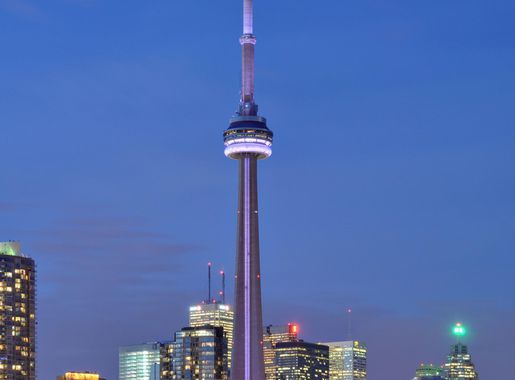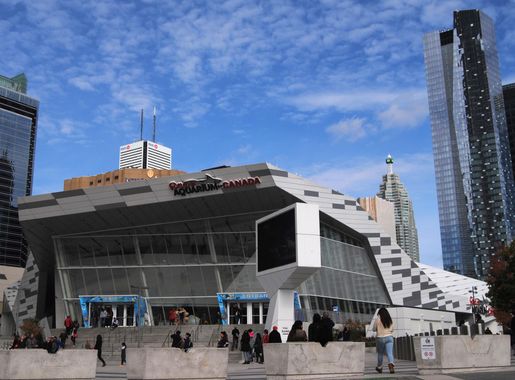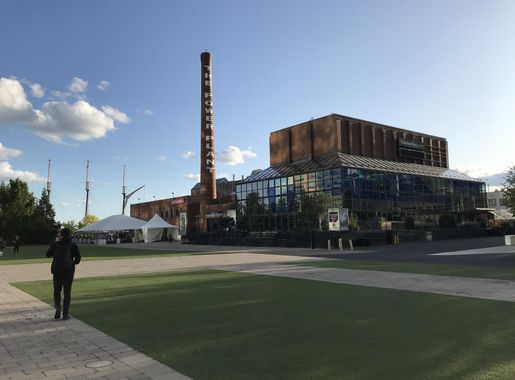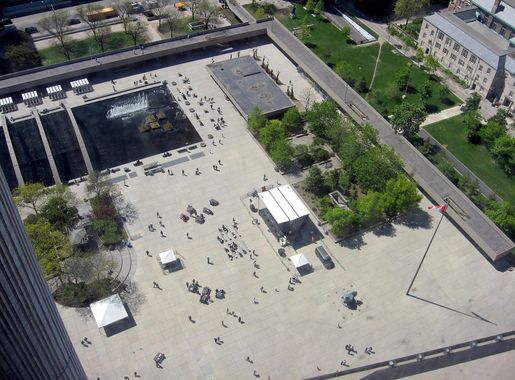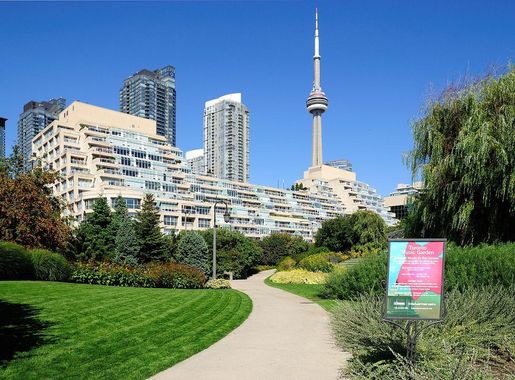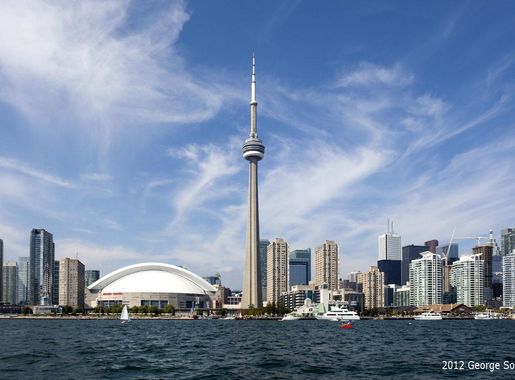
Discover the Magic of Harbourfront: Toronto’s Waterfront Gem
Explore Harbourfront in Toronto: A dynamic blend of culture, cuisine, and outdoor adventure along the beautiful shores of Lake Ontario.
Harbourfront, nestled along the scenic shoreline of Lake Ontario, is the heart of Toronto’s vibrant waterfront. This neighbourhood effortlessly blends natural beauty with urban sophistication, making it a must-visit destination for tourists. From the moment you arrive, you’ll be captivated by the stunning lake views, bustling boardwalks, and diverse cultural attractions. Stroll along the Harbourfront Centre, where art galleries, theatres, and music venues offer a rich tapestry of cultural experiences. For a serene escape, visit the Toronto Music Garden, a beautifully landscaped park inspired by Bach’s music. It’s a perfect spot to relax and enjoy nature in the midst of the city. The neighbourhood is also a hub for culinary delights. Savor fresh seafood at one of the many waterfront restaurants or grab a quick bite from a food truck while you watch the boats sail by. Don’t miss out on the seasonal farmers' market, where you can taste local produce and artisanal goods. For those seeking adventure, Harbourfront offers an array of water activities, from kayaking and paddleboarding to scenic boat tours. The nearby Ripley’s Aquarium of Canada is a hit with families, offering a mesmerizing underwater experience. Whether you’re here for the culture, cuisine, or outdoor fun, Harbourfront promises an unforgettable experience.
Local tips in Harbourfront
- Visit early in the morning or late in the evening for a quieter experience and stunning sunrise or sunset views over Lake Ontario.
- Check the Harbourfront Centre calendar for free events and festivals during your visit.
- Wear comfortable shoes for walking along the extensive boardwalk and exploring nearby attractions.
- Consider taking a boat tour for a unique perspective of the Toronto skyline and the islands.
- Use public transportation or ride-sharing services as parking can be limited and expensive.
Discover the Magic of Harbourfront: Toronto’s Waterfront Gem
Harbourfront, nestled along the scenic shoreline of Lake Ontario, is the heart of Toronto’s vibrant waterfront. This neighbourhood effortlessly blends natural beauty with urban sophistication, making it a must-visit destination for tourists. From the moment you arrive, you’ll be captivated by the stunning lake views, bustling boardwalks, and diverse cultural attractions. Stroll along the Harbourfront Centre, where art galleries, theatres, and music venues offer a rich tapestry of cultural experiences. For a serene escape, visit the Toronto Music Garden, a beautifully landscaped park inspired by Bach’s music. It’s a perfect spot to relax and enjoy nature in the midst of the city. The neighbourhood is also a hub for culinary delights. Savor fresh seafood at one of the many waterfront restaurants or grab a quick bite from a food truck while you watch the boats sail by. Don’t miss out on the seasonal farmers' market, where you can taste local produce and artisanal goods. For those seeking adventure, Harbourfront offers an array of water activities, from kayaking and paddleboarding to scenic boat tours. The nearby Ripley’s Aquarium of Canada is a hit with families, offering a mesmerizing underwater experience. Whether you’re here for the culture, cuisine, or outdoor fun, Harbourfront promises an unforgettable experience.
Iconic landmarks you can’t miss
Harbourfront Centre
Experience the vibrant cultural scene at Harbourfront Centre, Toronto's premier destination for arts, performances, and stunning waterfront views.

Toronto Music Garden
Experience the harmony of nature and music at the Toronto Music Garden, a serene retreat along the shores of Lake Ontario, perfect for tourists seeking tranquility.
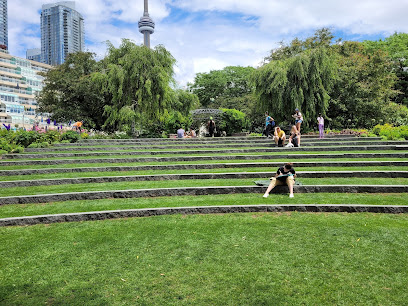
Harbour Square Park
Explore Harbour Square Park, a beautiful waterfront oasis in Toronto featuring stunning views, lush landscapes, and captivating public art.
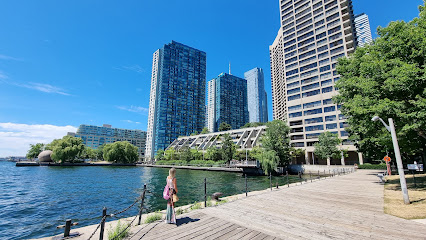
HTO Park
Explore HTO Park in Toronto – A beautiful urban oasis with stunning waterfront views, perfect for relaxation, picnics, and outdoor activities.
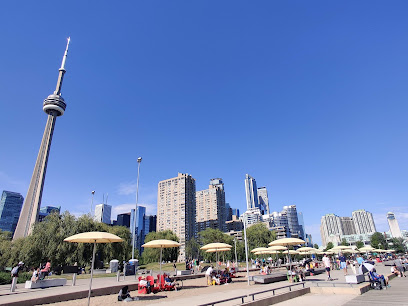
Queen’s Quay Terminal
Discover the charm and beauty of Queen's Quay Terminal, a vibrant waterfront hub in Toronto offering shopping, dining, and stunning lake views.
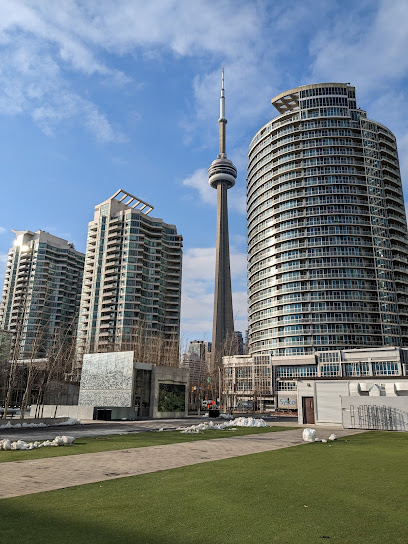
Harbourfront
Discover the vibrant cultural hub of Harbourfront in Toronto, where stunning waterfront views meet diverse arts and entertainment experiences.
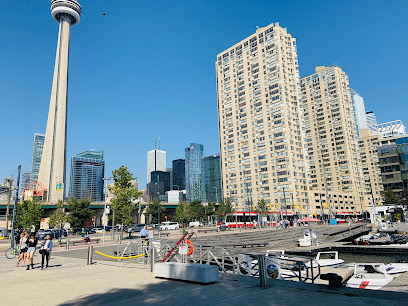
York Quay
Discover the beauty of York Quay, a vibrant waterfront park in Toronto, offering stunning views, cultural attractions, and recreational activities.
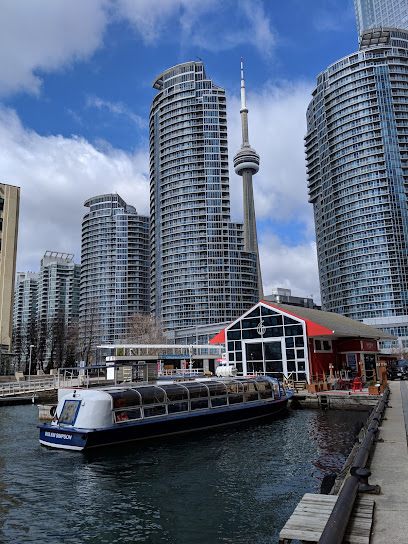
Ontario Square
Explore Ontario Square, a historical landmark in Toronto that beautifully blends nature and culture in a vibrant urban setting.
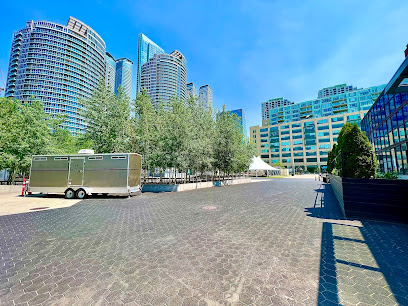
HTO Sign
Explore the vibrant HTO Sign along Toronto's waterfront, a perfect blend of art, nature, and stunning views of Lake Ontario.
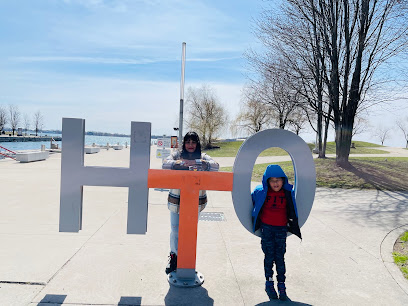
Empress Of Canada
Experience the charm of maritime heritage aboard the Empress of Canada, where history and stunning waterfront views meet in Toronto's vibrant landscape.

Unmissable attractions to see
Harbourfront Centre
Explore the Harbourfront Centre in Toronto, a vibrant cultural hub offering arts, music, and stunning waterfront views.
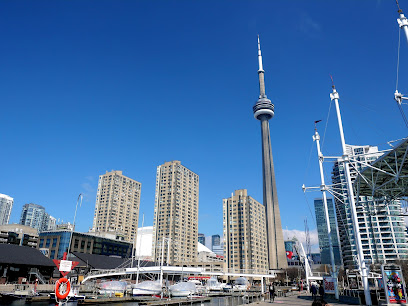
Harbour Square Park
Experience the serene charm of Harbour Square Park, a lush waterfront oasis in Toronto perfect for relaxation, picnics, and cultural exploration.
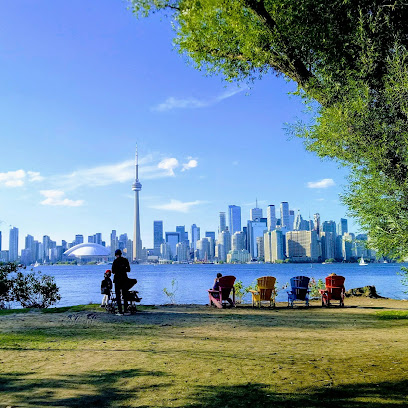
HTO Park
Discover HTO Park, Toronto's waterfront gem with sandy beaches, lush greenery, and stunning views of Lake Ontario, perfect for relaxation and recreation.
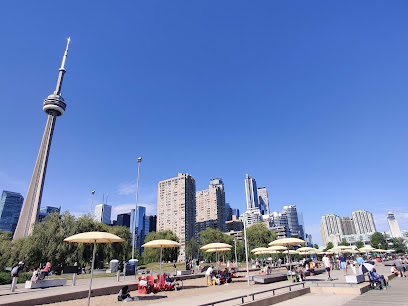
Toronto Railway Museum
Discover the fascinating history of rail transport at the Toronto Railway Museum, a unique destination for train enthusiasts and families alike.
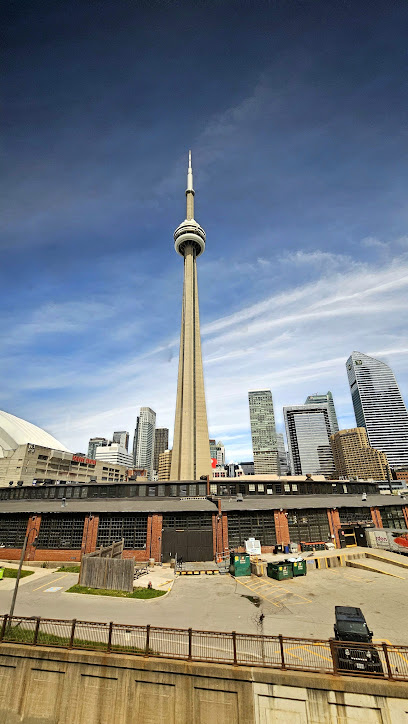
York Quay
Experience tranquility at York Quay, a beautiful waterfront park in Toronto with stunning views and cultural vibrance for an unforgettable visit.
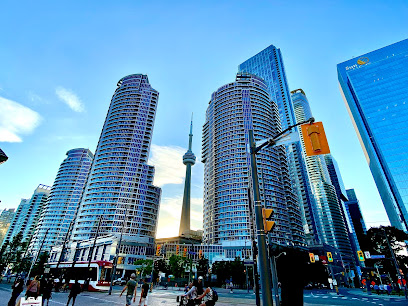
Empress Of Canada
Experience the elegance of the Empress of Canada, a historic vessel on Toronto's waterfront, showcasing stunning views and rich maritime heritage.
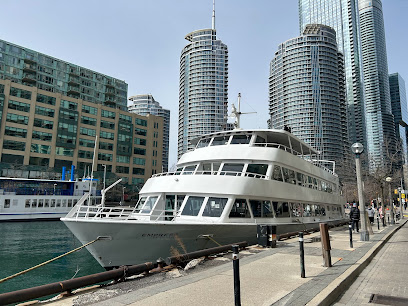
Essential places to dine
360 The Restaurant at the CN Tower
Elevate your dining experience at 360 The Restaurant in the CN Tower—where breathtaking views meet exquisite Canadian cuisine.
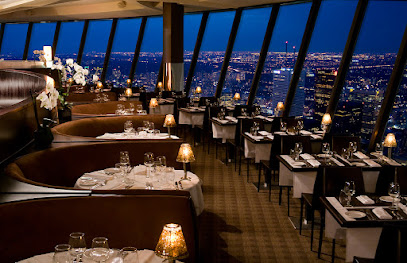
Evviva Breakfast and Lunch
Discover the perfect breakfast or brunch experience at Evviva Breakfast and Lunch in Toronto—where delicious flavors meet cozy ambiance.
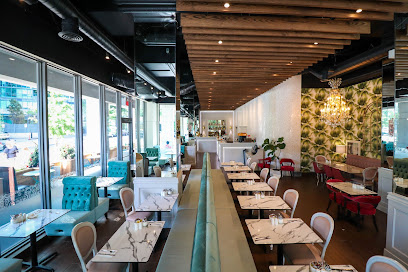
Harbour 60 Toronto
Experience unparalleled fine dining at Harbour 60 Toronto – where exquisite steaks meet breathtaking waterfront views.
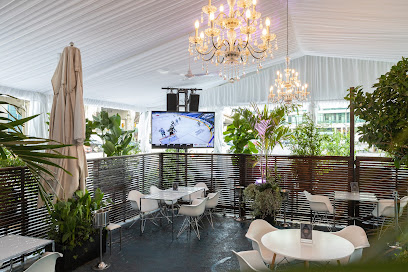
The Goodman Pub and Kitchen
Discover delicious pub fare and refreshing craft beers at The Goodman Pub and Kitchen in Toronto's scenic waterfront.
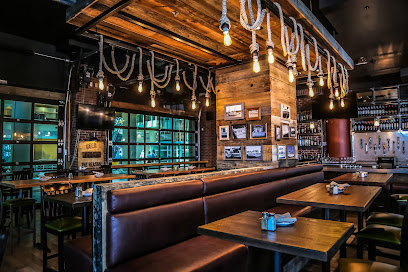
Pearl Harbourfront Chinese Cuisine
Discover authentic Chinese cuisine at Pearl Harbourfront while enjoying stunning waterfront views in Toronto.
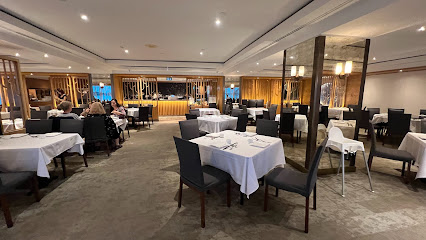
SOCO Kitchen + Bar
Discover culinary excellence at SOCO Kitchen + Bar in downtown Toronto, where local flavors meet innovative cuisine in an elegant setting.

Joe Bird
Experience culinary delights at Joe Bird in Toronto - where comfort food meets artisanal ice cream amidst stunning waterfront views.
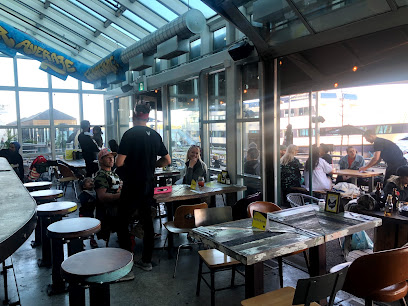
Pie Bar
Experience the best pizza in Toronto at Pie Bar - where tradition meets creativity in every delicious slice.
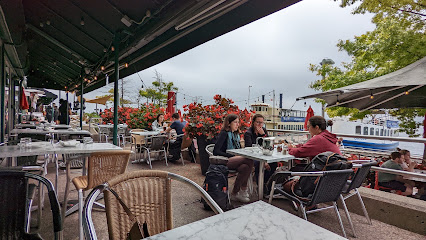
KINKA SUSHI BAR IZAKAYA HARBOURFRONT
Experience authentic Japanese cuisine at Kinka Sushi Bar Izakaya in Toronto's Harbourfront - a culinary gem blending tradition with modern flair.
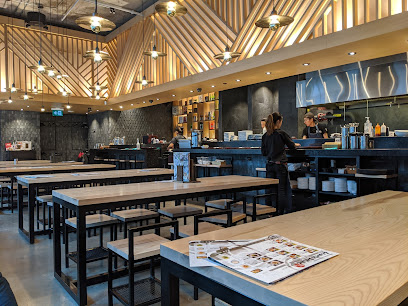
Moozoo
Experience culinary excellence at Moozoo in Toronto – where exquisite flavors meet breathtaking waterfront views.
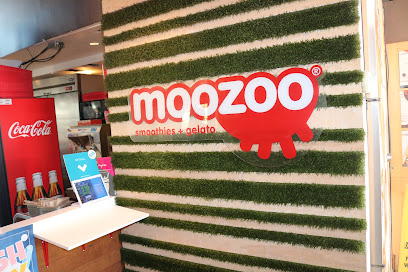
Markets, malls and hidden boutiques
Sparetime Store
Discover unique gifts and local treasures at Sparetime Store in Toronto, a must-visit shop for tourists seeking special souvenirs and artisanal crafts.

Toronto Best Souvenirs
Explore a delightful array of locally crafted souvenirs at Toronto Best Souvenirs, celebrating the vibrant culture of this iconic city.
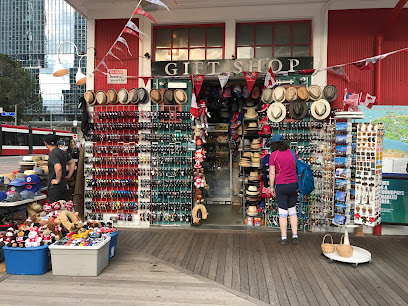
Shoppes Of the World Trade Centre
Discover the Shoppes of the World Trade Centre in Toronto, a unique shopping paradise with stunning waterfront views and diverse local shops.
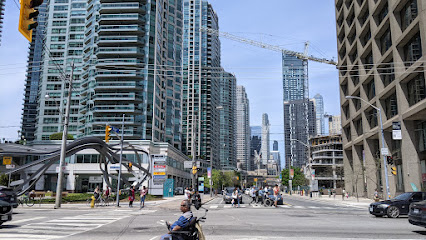
Harbour Gifts
Explore Harbour Gifts in Toronto for unique souvenirs and home goods that embody the city's vibrant culture.
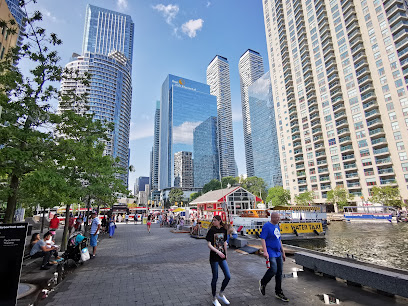
Just Like That Shop
Shop unique fashion and accessories at Just Like That Shop in Toronto, where creativity meets style in a boutique atmosphere.
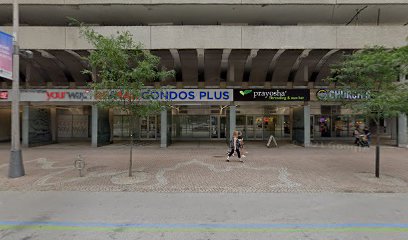
Gift Shop
Explore a delightful gift shop in Toronto, offering unique souvenirs and local crafts that capture the spirit of the city.
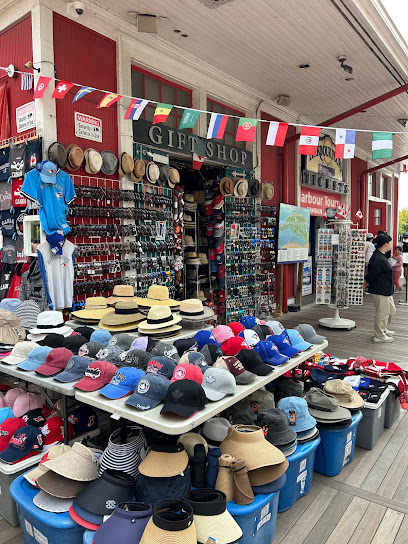
N O R D E N Antiques
Explore the charm of vintage treasures at N O R D E N Antiques in Toronto, where history comes alive through exquisite collectibles and decor.
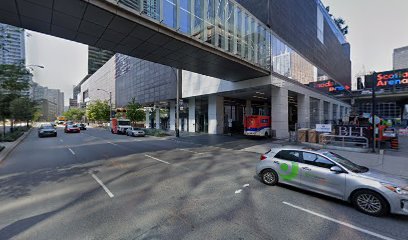
Lillon Boutique
Discover unique fashion accessories at Lillon Boutique, a stylish haven on Toronto's waterfront that offers quality and elegance.
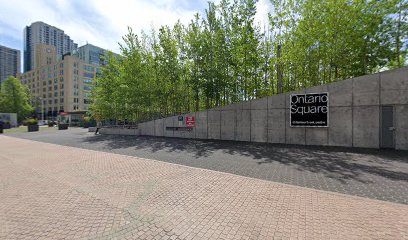
Paradox
Discover exquisite jewelry at Paradox, the heart of Toronto's Old Town, where craftsmanship meets creativity.

Mycircle (by appointment only)
Explore Mycircle Gift Shop in Toronto for unique treasures that capture the essence of the city and make perfect souvenirs.

Essential bars & hidden hideouts
Amsterdam Brewhouse
Discover the craft beer haven of Amsterdam Brewhouse, where delicious brews and breathtaking waterfront views await in Toronto.
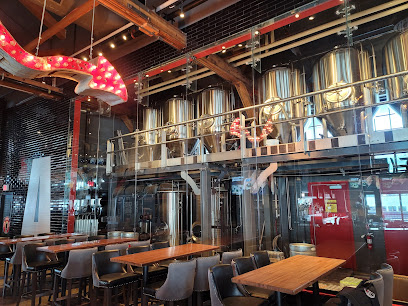
The Pint Public House
Experience the best of Toronto's pub scene at The Pint Public House, where lively atmosphere meets delicious local brews and hearty fare.
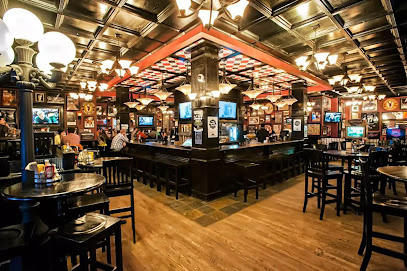
The Goodman Pub and Kitchen
Discover the vibrant flavors of Toronto at The Goodman Pub and Kitchen, your go-to destination for delicious food and drinks by the waterfront.

Firkin on Harbour
Discover Firkin on Harbour, a lively Toronto pub featuring great food, craft beers, and stunning waterfront views.
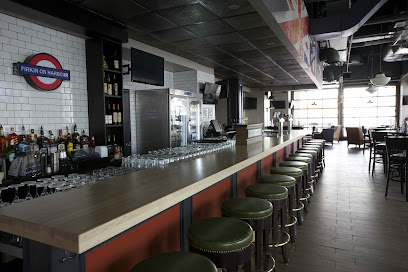
Shoeless Joe's Sports Grill
Dive into the vibrant atmosphere of Shoeless Joe's Sports Grill for a delicious blend of American and Canadian cuisine while cheering for your favorite teams.
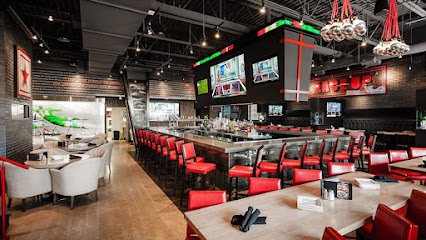
Boxcar Social Harbourfront
Experience the vibrant atmosphere of Boxcar Social Harbourfront, where craft beverages meet stunning waterfront views in the heart of Toronto.
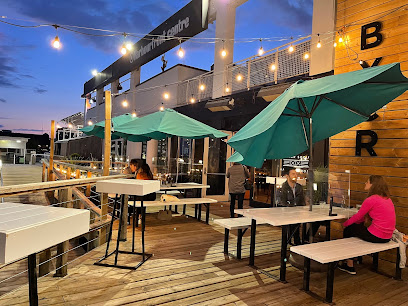
The Slip
Experience The Slip: Toronto's favorite dog-friendly bar with delicious burgers and a scenic waterfront view.
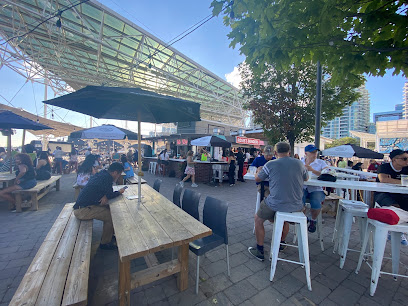
Char No.5 Whisky & Cocktail Lounge
Discover the elegance of Char No.5 Whisky & Cocktail Lounge, Toronto's premier destination for exquisite whisky and artisanal cocktails.
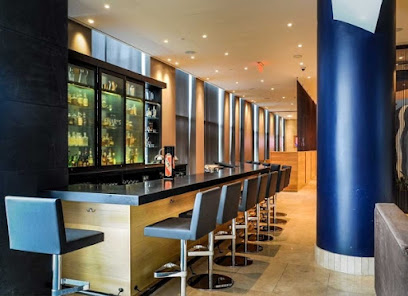
Chartroom Bar and Lounge
Experience the perfect blend of relaxation and vibrancy at The Chartroom Bar and Lounge with stunning waterfront views and delicious culinary offerings.
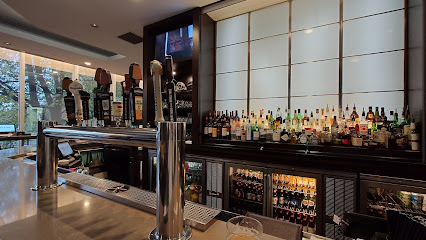
Bev Box
Experience the vibrant atmosphere and stunning waterfront views at Bev Box, Toronto's hidden bar gem offering local flavors and crafted cocktails.
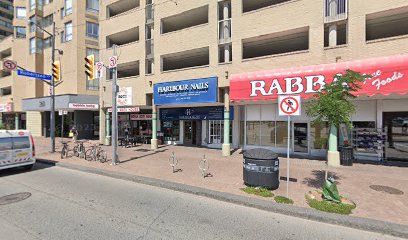
Local Phrases
-
- HelloBonjour
[bon-zhoor] - GoodbyeAu revoir
[oh ruh-vwahr] - YesOui
[wee] - NoNon
[nohn] - Please/You're welcomeS'il vous plaît/De rien
[seel voo pleh/duh ryehn] - Thank youMerci
[mehr-see] - Excuse me/SorryExcusez-moi/Désolé
[ex-kew-zay mwah/deh-zoh-lay] - How are you?Comment ça va?
[koh-mohn sah vah] - Fine. And you?Bien. Et vous?
[byen. ay voo] - Do you speak English?Parlez-vous anglais?
[par-lay voo ahn-glay] - I don't understandJe ne comprends pas
[zhuh nuh kohm-prahnd pah]
- HelloBonjour
-
- I'd like to see the menu, pleaseJe voudrais voir le menu, s'il vous plaît
[zhuh voo-dray vwahr luh muh-new, seel voo pleh] - I don't eat meatJe ne mange pas de viande
[zhuh nuh mahnj pah duh vyand] - Cheers!Santé!
[sahn-tay] - I would like to pay, pleaseJe voudrais payer, s'il vous plaît
[zhuh voo-dray pay-ay, seel voo pleh]
- I'd like to see the menu, pleaseJe voudrais voir le menu, s'il vous plaît
-
- Help!À l'aide!
[ah layd] - Go away!Allez-vous en!
[ah-lay voo zahn] - Call the Police!Appelez la police!
[ah-peh-lay lah poh-lees] - Call a doctor!Appelez un médecin!
[ah-peh-lay uh med-sahn] - I'm lostJe suis perdu
[zhuh swee pair-doo] - I'm illJe suis malade
[zhuh swee mah-lahd]
- Help!À l'aide!
-
- I'd like to buy...Je voudrais acheter...
[zhuh voo-dray ash-tay...] - I'm just lookingJe regarde juste
[zhuh ruh-gahrd zhewst] - How much is it?Combien ça coûte?
[kohm-byen sah koot] - That's too expensiveC'est trop cher
[say troh shair] - Can you lower the price?Pouvez-vous baisser le prix?
[poo-veh voo bay-say luh pree]
- I'd like to buy...Je voudrais acheter...
-
- What time is it?Quelle heure est-il?
[kell uhr ay eel] - It's one o'clockIl est une heure
[eel ay oon uhr] - Half past (10)Dix et demie
[dees ay duh-mee] - MorningMatin
[mah-tahn] - AfternoonAprès-midi
[ah-pray mee-dee] - EveningSoir
[swahr] - YesterdayHier
[yeer] - TodayAujourd'hui
[oh-zhoor dwee] - TomorrowDemain
[duh-mahn] - 1Un
[uhn] - 2Deux
[duh] - 3Trois
[twah] - 4Quatre
[kah-truh] - 5Cinq
[sank] - 6Six
[sees] - 7Sept
[set] - 8Huit
[weet] - 9Neuf
[nuf] - 10Dix
[dees]
- What time is it?Quelle heure est-il?
-
- Where's a/the...?Où est le/la...?
[oo ay luh/lah] - What's the address?Quelle est l'adresse?
[kell ay la-drehss] - Can you show me (on the map)?Pouvez-vous me montrer (sur la carte)?
[poo-veh voo muh mohn-tray (soor lah kart)] - When's the next (bus)?Quand est le prochain (bus)?
[kahn ay luh proh-shahn (bus)] - A ticket (to ....)Un billet (pour ....)
[uhn bee-yay (poor)]
- Where's a/the...?Où est le/la...?
History of Harbourfront
-
Before European settlement, the area now known as Harbourfront was inhabited by Indigenous peoples, particularly the Huron-Wendat and later the Mississaugas of the Credit. These communities relied on the natural resources of Lake Ontario for fishing and trade, establishing trails and trade routes that would influence later settlements.
-
In the late 18th century, European settlers began to arrive in what is now Toronto. The Harbourfront area was developed as a key port for trade and transportation, leading to the establishment of docks and warehouses. This period saw the arrival of the first European immigrants, contributing to the city's growth and economic development.
-
A significant event in the history of Harbourfront was the Great Fire of 1904, which devastated large portions of the city, including the waterfront area. The fire prompted a major reconstruction effort, leading to the modernization of infrastructure and the development of new buildings, reshaping the skyline and the urban landscape of Toronto.
-
During the 1970s and 1980s, Harbourfront underwent a significant urban renewal project. The Harbourfront Centre was established as a cultural hub, featuring arts, education, and community events. This initiative transformed the waterfront into a vibrant space for public engagement and cultural expression, setting the stage for festivals and art exhibitions that continue to this day.
-
Today, Harbourfront is recognized as a vibrant neighborhood that embodies Toronto's multicultural identity. It hosts numerous cultural festivals, art events, and recreational activities along the waterfront, drawing both locals and tourists. The area continues to evolve, balancing historical preservation with modern development, making it a focal point for cultural and community activities in the city.
Harbourfront Essentials
-
Harbourfront is easily accessible from various neighborhoods in Toronto. The most common way to reach Harbourfront is via the TTC (Toronto Transit Commission) subway. Take Line 1 (Yonge-University) and transfer to the 509 Harbourfront streetcar at Union Station. Alternatively, you can take the 6 Bay bus or 72 Pape bus, both of which connect to the area. If you're coming from the airport, the UP Express train to Union Station is a convenient option, followed by the streetcar.
-
Harbourfront is pedestrian-friendly, making it easy to explore on foot. The area is well-served by public transport, including the 509 Harbourfront streetcar, which runs along the waterfront. Bicycles can also be rented from various bike-sharing programs, allowing for a scenic ride along the waterfront trails. For those who prefer taxis, ride-sharing services like Uber are widely available in the area.
-
Harbourfront is generally safe for tourists, but like any urban area, it's wise to remain vigilant, especially in crowded places. Avoid wandering alone late at night in isolated areas, particularly near the waterfront where visibility may be limited. While there are no specific high-crime areas targeting tourists, petty crimes such as pickpocketing can occur, so keep your belongings secure.
-
In case of an emergency, dial 911 for police, fire, or medical assistance. Harbourfront has several nearby hospitals, including St. Michael's Hospital, which is approximately a 10-minute drive away. It's advisable to have travel insurance that covers medical emergencies. For non-urgent medical needs, there are pharmacies in the area for over-the-counter medications.
-
Fashion: Do wear comfortable shoes for walking; Harbourfront has many attractions within walking distance. Don't wear overly casual or beachwear outside of designated areas. Religion: Do respect any local customs if visiting places of worship. Public Transport: Do allow others to exit before you enter vehicles. Don't block doors or aisles. Greetings: Do greet locals politely; a smile goes a long way. Eating & Drinking: Do enjoy local food options at restaurants and markets. Don't eat in public transport, as it's generally frowned upon.
-
To experience Harbourfront like a local, explore the many waterfront parks and cultural institutions, including the Harbourfront Centre, which hosts various events and exhibitions. Don't miss the chance to visit local art galleries and the Toronto Music Garden. For a unique experience, take a ferry to the Toronto Islands, offering stunning views of the city skyline. Engage with local vendors at the waterfront markets for fresh produce and artisanal goods.
Nearby Cities to Harbourfront
-
Things To Do in Niagara Falls
-
Things To Do in Buffalo Town
-
Things To Do in Buffalo
-
Things To Do in Rochester
-
Things To Do in Erie
-
Things To Do in Ithaca
-
Things To Do in Syracuse
-
Things To Do in Youngstown
-
Things To Do in Cleveland
-
Things To Do in Detroit
-
Things To Do in Akron
-
Things To Do in Ottawa
-
Things To Do in Frankenmuth
-
Things To Do in Canton
-
Things To Do in Pittsburgh

